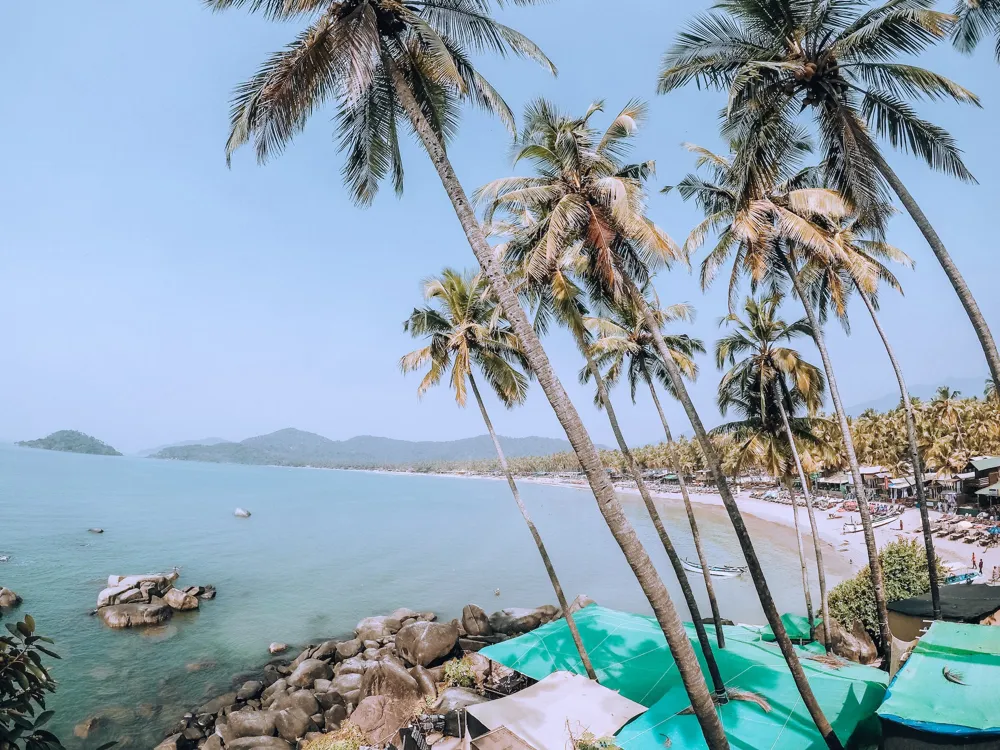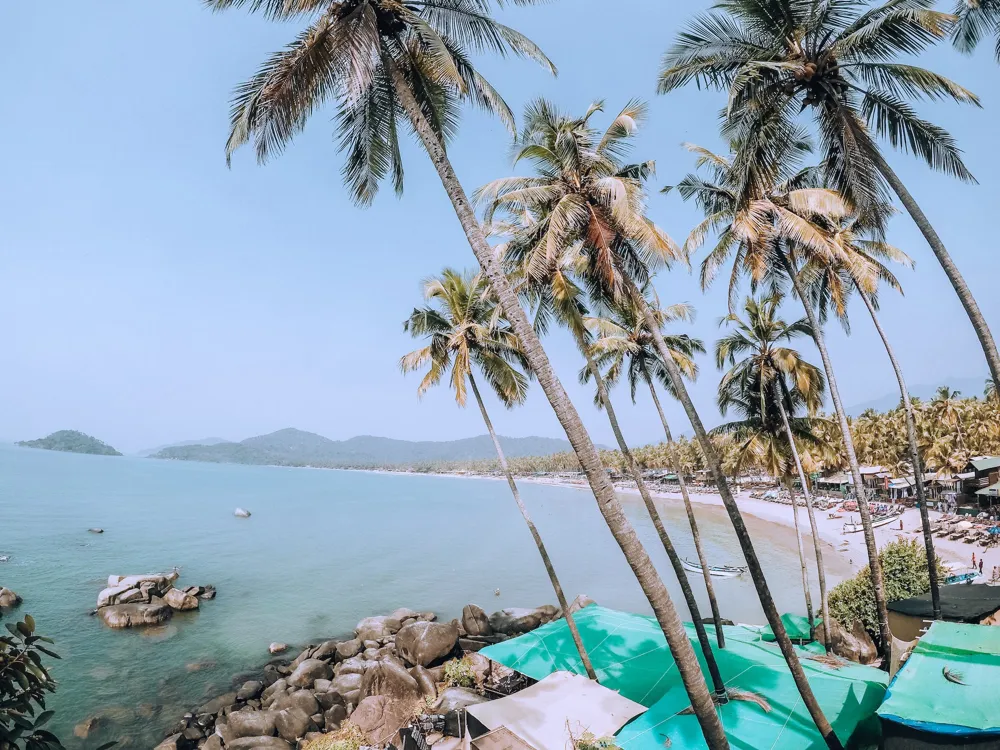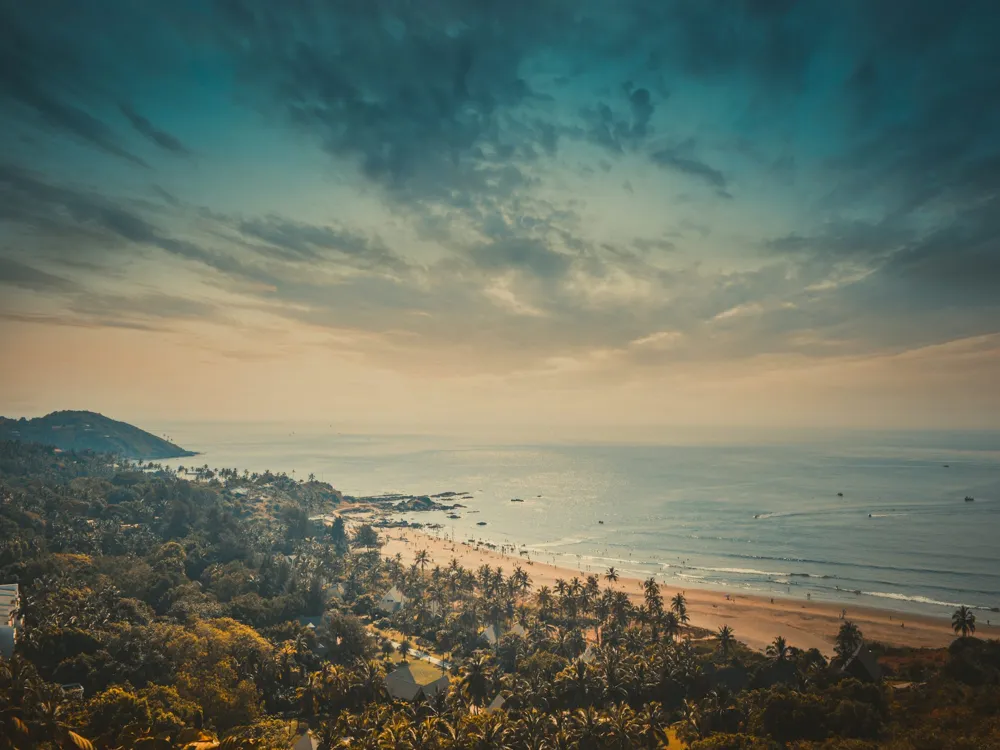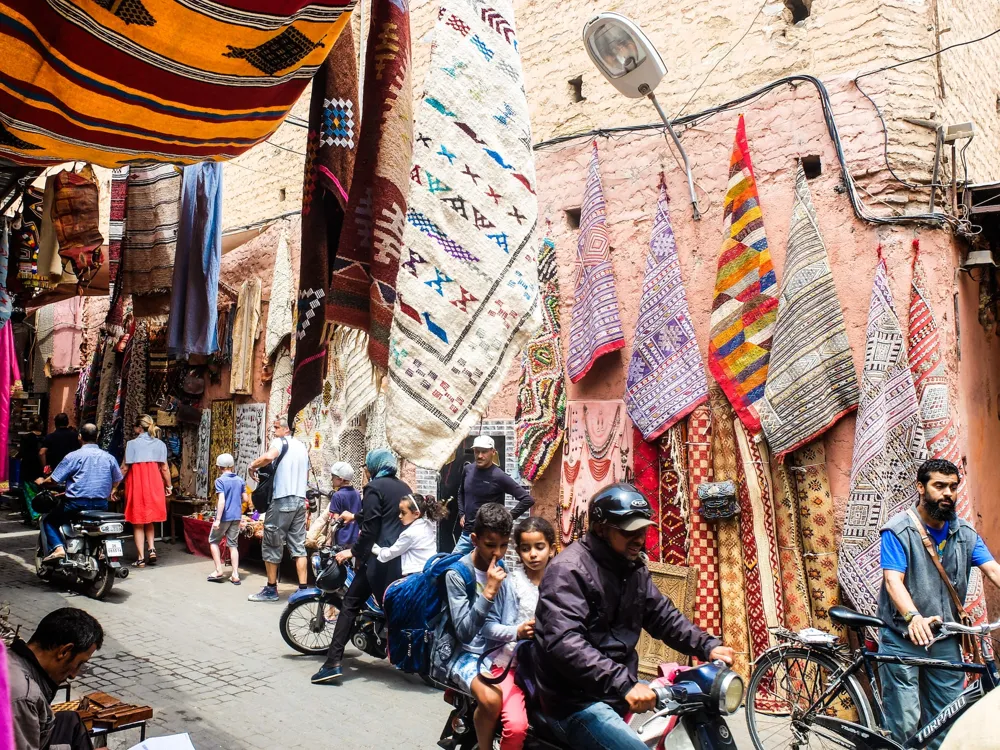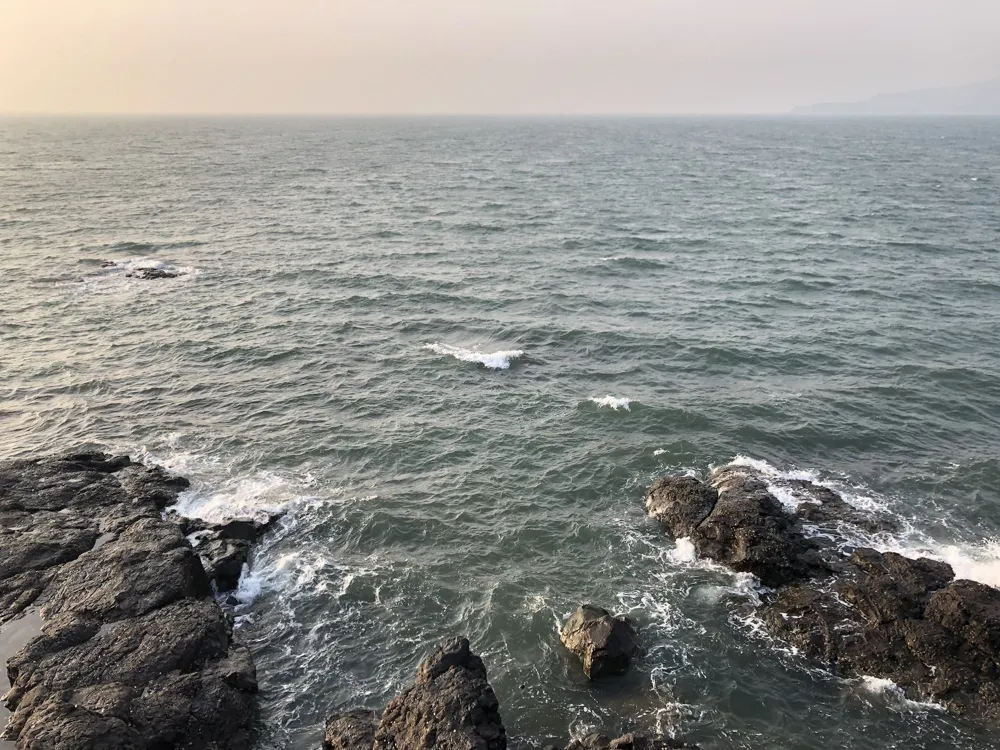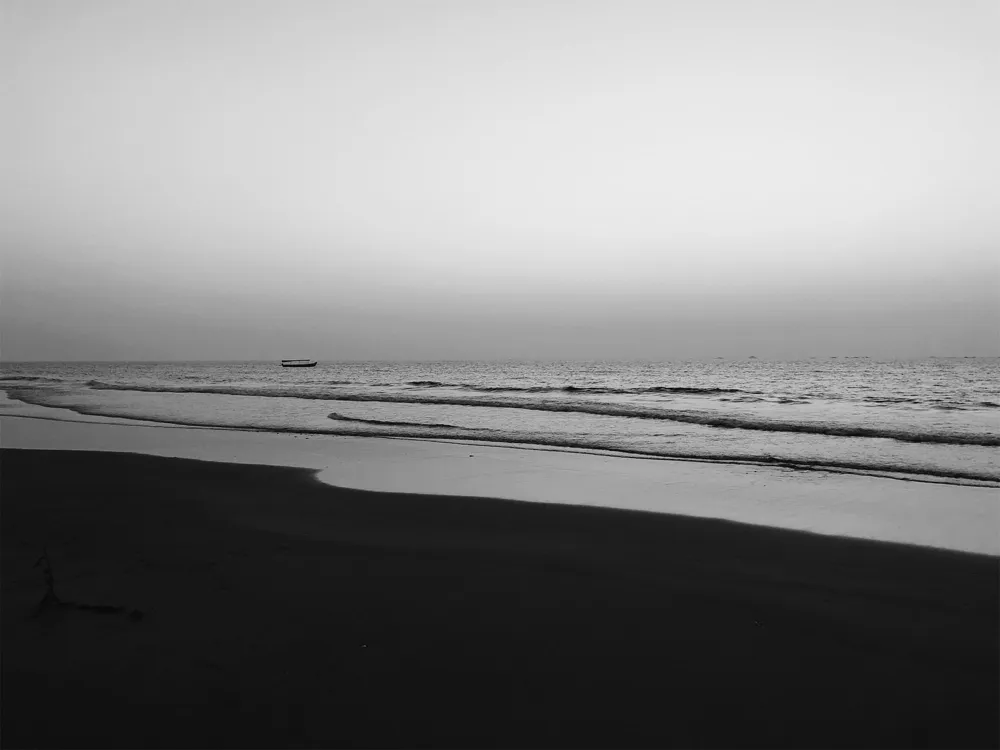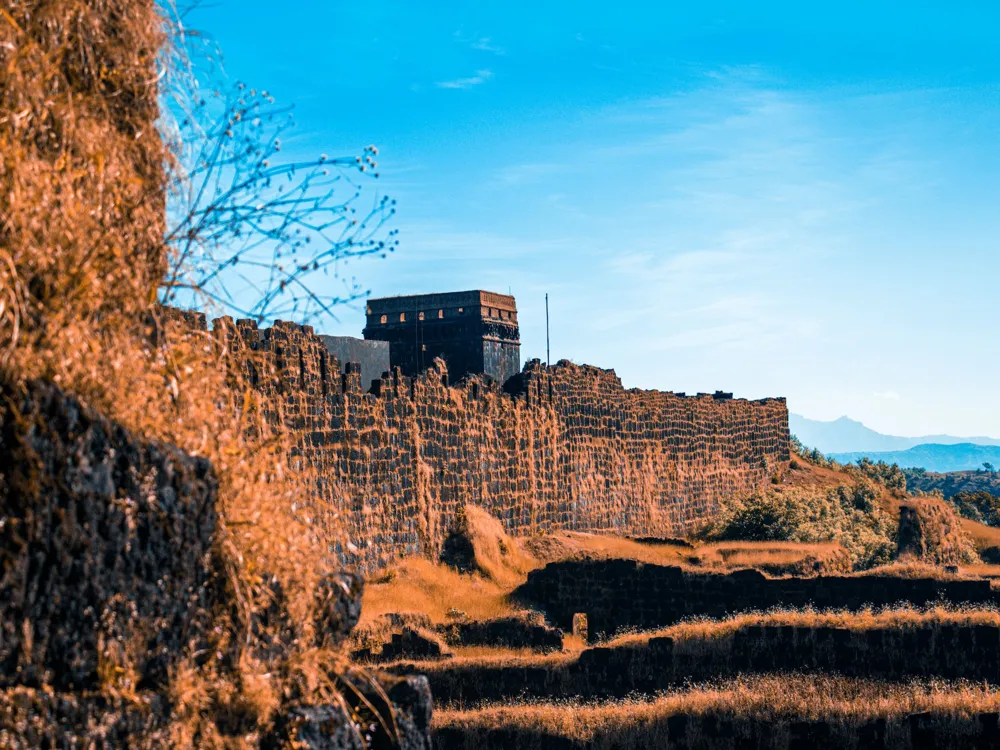Fisherman's Wharf in Goa stands as a vibrant testimony to the region's rich cultural and historical heritage. It's not just a destination; it's an experience that embodies the spirit of Goa's coastal charm combined with the tranquility of a fishing hamlet. The Wharf, a bustling hub for fishermen in the early mornings, transforms into a serene escape as the day progresses, offering breathtaking views of the Arabian Sea. Its picturesque setting is a magnet for both locals and tourists, seeking a glimpse into Goa's maritime legacy and its multifaceted lifestyle. The history of Fisherman's Wharf dates back to the colonial era, reflecting a blend of Portuguese and Indian influences. This historical significance is evident in every corner of the Wharf. From the rustic fishing boats bobbing in the waters to the old warehouses that have stood the test of time, each element tells a story of the past. This place is not just about the tangible heritage; it's also about the intangible cultural aspects like the local cuisine, folk tales, and traditional fishing methods that continue to thrive here. Today, Fisherman's Wharf has evolved into a cultural hub, offering more than just scenic beauty. It hosts a variety of events throughout the year, including music festivals, art exhibitions, and culinary fairs that showcase Goa's diverse traditions. These events are a melting pot of local and international cultures, making Fisherman's Wharf a symbol of Goa's inclusive and vibrant spirit. The architecture of Fisherman's Wharf in Goa is a captivating fusion of Goan and Portuguese styles, reflecting the historical confluence of these two cultures. The buildings here are characterized by their vibrant colors, ornate balconies, and terracotta-tiled roofs, a signature of traditional Goan architecture. The Portuguese influence is evident in the baroque facades and the intricately designed azulejos (ceramic tiles) that adorn many buildings. The layout of the Wharf is a testament to the sustainable practices of the past. The structures are strategically positioned to maximize ventilation and natural lighting, a necessity in Goa's tropical climate. This architectural planning also facilitated the movement of goods and the daily activities of fishermen. The integration of open spaces, such as courtyards and gardens, further adds to the aesthetic and functional aspects of these buildings. Over the years, Fisherman's Wharf has seen restoration efforts that aim to preserve its architectural integrity while introducing modern amenities. These restorations are done with a keen eye on maintaining the original style, ensuring that any new additions blend seamlessly with the old. The result is a harmonious coexistence of the past and present, giving visitors an authentic Goan experience. The ideal time to visit Fisherman's Wharf is between November and February when the weather is pleasant, and the skies are clear. This period avoids the heavy monsoons and the extreme heat of the summer months. Comfortable, light clothing is recommended due to Goa's humid climate. Don't forget a hat and sunscreen to protect against the sun, especially if you plan to spend time outdoors. Do try the local Goan cuisine at Fisherman's Wharf. The seafood is exceptionally fresh, and the local flavors are a must-experience. Dishes like Goan fish curry and prawn balchão are highly recommended. Fisherman's Wharf in Goa is easily accessible by various modes of transportation. The nearest airport is the Goa International Airport, from where you can hire a taxi or take a bus to the Wharf. If you are traveling by train, the nearest railway stations are Margao and Vasco-da-G Read More: Overview of Fisherman's Wharf in Goa
Architecture of Fisherman's Wharf
Tips When Visiting Fisherman's Wharf
Best Time to Visit
What to Wear
Local Cuisine
How To Reach Fisherman's Wharf
Fisherman's Wharf
Goa
NaN onwards
View goa Packages
Goa Travel Packages
View All Packages For Goa
Top Hotel Collections for Goa

Private Pool

Luxury Hotels

5-Star Hotels

Pet Friendly
Top Hotels Near Goa
Other Top Ranking Places In Goa
View All Places To Visit In goa
View goa Packages
Goa Travel Packages
View All Packages For Goa
Top Hotel Collections for Goa

Private Pool

Luxury Hotels

5-Star Hotels

Pet Friendly














